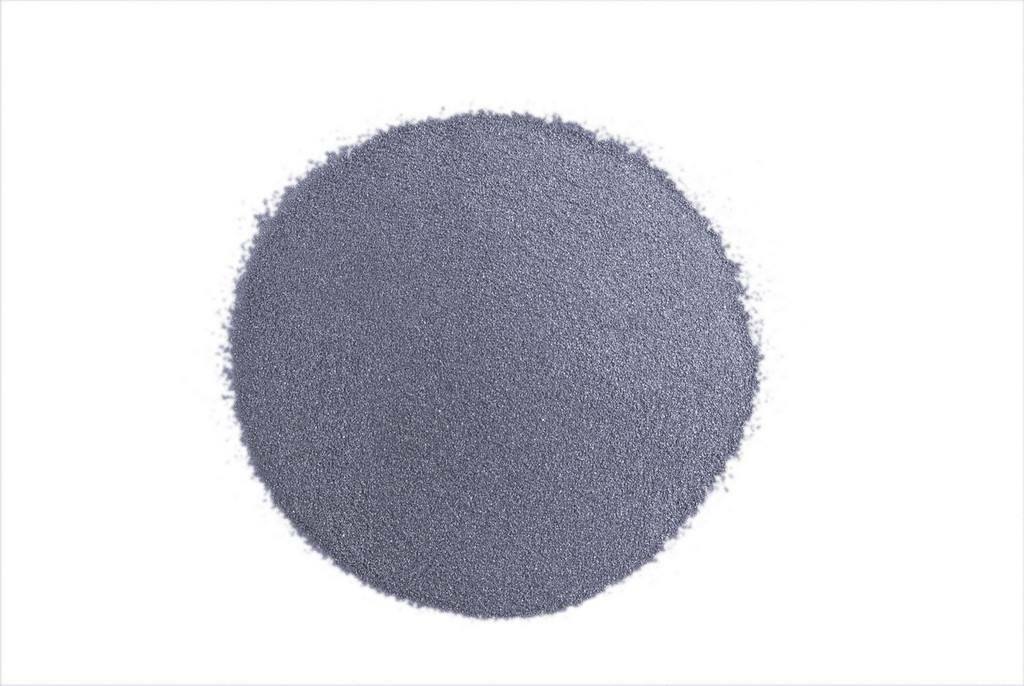Preparation of Ultrafine Rare Earth Oxide

Ultrafine rare earth compounds have a wider range of uses. For example, superconducting materials, functional ceramic materials, catalysts, sensing materials, polishing materials, luminescent materials, precision electroplating, and high-melting-point high-strength alloys all require rare earth ultrafine powders. The preparation of rare earth ultrafine compounds has become a research hotspot in recent years.
The preparation method of rare earth ultrafine powder is divided into solid phase method, liquid phase method and gas phase method according to the aggregation state of the substance.
Among the precipitation methods, the ammonium bicarbonate precipitation method and the oxalate precipitation method are the classic methods for producing ordinary rare earth oxides. As long as the appropriate conditions are controlled or changed, ultrafine rare earth compound powders can be prepared, so they are the most suitable for industrial The method of production is also a method that has been studied more. Ammonium bicarbonate is a cheap and easy-to-obtain industrial raw material. The ammonium bicarbonate precipitation method is a method developed in recent years to prepare ultrafine powders of rare earth oxides. It has the characteristics of simple operation, low cost and suitable for industrial production.
In the research, it was found that the concentration of rare earth is the key to the formation of uniformly dispersed ultrafine powder. In the experiment of precipitating Ce3+, when the concentration is appropriate, it is generally 0.2~0.5mol/L. Calcined cerium oxide superfine powder, its particle size is small, uniform, and good dispersion; when the concentration is too high, the grain formation speed is fast, and the grains formed are many and small, and agglomeration occurs when the precipitation begins, and the carbonate is serious. Agglomerated and strip-shaped, the finally obtained cerium oxide is still severely agglomerated and has a large particle size; when the concentration is too low, the grain formation rate is slow, but the grains are easy to grow, and ultra-fine cerium oxide cannot be obtained.
The concentration of ammonium bicarbonate also affects the particle size of cerium oxide. When the concentration of ammonium bicarbonate is less than 1mol/L, the particle size of cerium oxide obtained is small and uniform; when the concentration of ammonium bicarbonate is greater than 1mol/L, partial precipitation will occur, resulting in Agglomeration, the obtained cerium oxide particle size is relatively large, and the agglomeration is serious.
The oxalate precipitation method is simple, practical, economical, and industrializable. It is a traditional method for preparing rare earth oxide powder, but the particle size of the prepared rare earth oxide is generally 3-10 μm.
